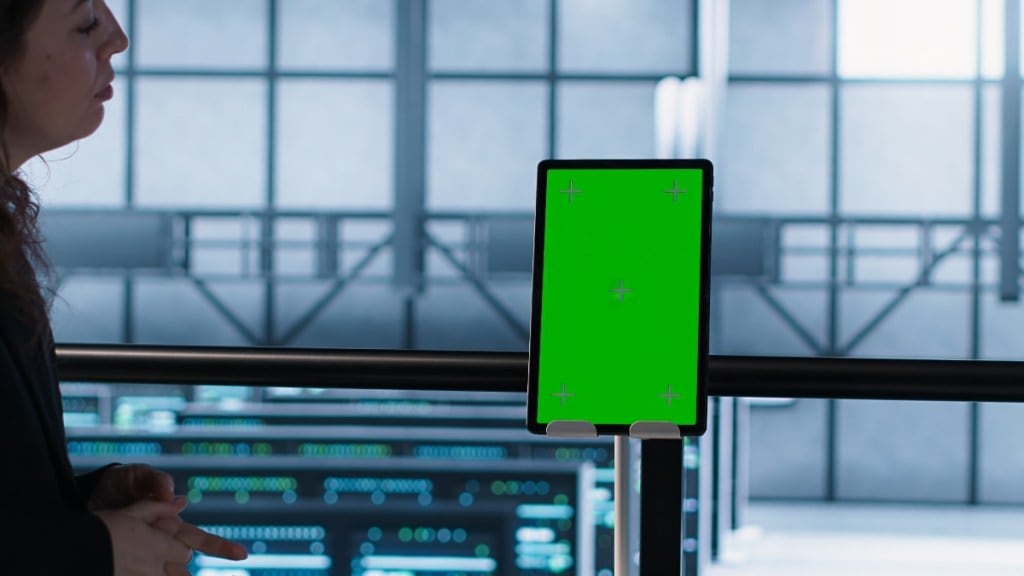The European Union has announced that its new digital border system, called the Entry/Exit System (EES), will start working from 12 October 2025. This system has been in the works for years and will collect fingerprints, facial scans and travel details of people from outside the EU when they enter or leave countries in the Schengen Area.
The change will affect Indian passport holders and other travellers from non-EU countries who visit Europe on short-stay visas or without a visa. The EES will be introduced in phases over the next six months at all airports, land borders, and sea ports.
What is the Entry/Exit System (EES)?
EES is a digital border system that will replace the current passport stamping and aims to make border checks faster, secure and smoother. The other main reason behind implementing this change is to keep a better track of who is entering and leaving the Schengen Area.
The system will be introduced in phases over a period of six months and is expected to be fully operational across all land, air and sea borders by April 10, 2026, as per the official EU website.
The project was slated for November 2023, but faced multiple technical delays that pushed back its implementation, as per the BBC.
What to expect at the border
Starting in October, travellers arriving at certain EU border checkpoints may face a few new procedures under the Entry/Exit System. They might be asked to provide biometric data, such as fingerprints and a facial scan, at self-service kiosks installed at various entry points.
However, it’s important to note that while the EES introduces additional checks, it does not require travellers to obtain an extra visa, and the existing visa rules will continue to apply as before.
Border authorities are urging travellers to arrive early at airports and stay informed about local procedures during the transition phase.
What comes next
After the full-fledged implementation of EES, the EU is set to introduce ETIAS (European Travel Information and Authorisation System) in 2026. ETIAS will require citizens from visa-exempt countries to apply for online travel authorisation before visiting. Indian citizens with a valid Schengen visa will not need ETIAS but will still come under the EES framework.
Officials say EES is a key step in modernising Europe’s migration infrastructure and will allow stronger cooperation among Schengen states in managing border security.

